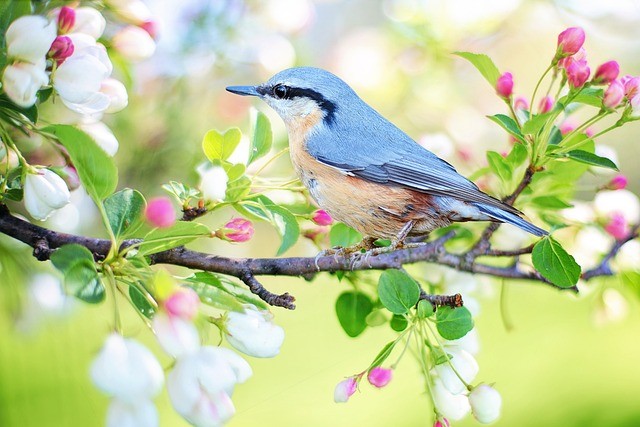European perch (Perca fluviatilis) is a popular and widespread freshwater fish species found in Europe and parts of Asia. They are known for their distinctive appearance and behavior. Here are five amazing facts about European perch you need to know:
1. Striking Appearance:
- European perch are easily recognizable by their striking appearance. They have a deep, laterally compressed body with a greenish to yellowish coloration on their sides, adorned with dark vertical stripes.
- The number and intensity of these stripes can vary depending on their age, environment, and health.
2. Predatory Behavior:
- Perch are voracious predators and are often at the top of the food chain in their aquatic habitats.
- They feed on a wide variety of prey, including smaller fish, insects, crustaceans, and even small mammals like mice that may fall into the water.

3. Size Variability:
- European perch exhibit a wide size range, with individuals typically measuring between 6 to 12 inches (15 to 30 cm) in length.
- However, some specimens can grow much larger, with the European record for perch being over 6.6 pounds (3 kilograms).
4. Versatile Habitat:
- European perch are adaptable and can thrive in various freshwater environments, including lakes, rivers, ponds, and canals.
- They are often found in clear waters with aquatic vegetation, where they can use the plants as cover for ambushing prey.
5. Reproductive Strategy:
- Perch have a unique reproductive strategy known as “egg mimicry.” Females lay adhesive eggs on submerged vegetation, and males fertilize them. Then, the males stick to the egg mass, guarding it against potential threats and ensuring aeration until the eggs hatch.
European perch are not only ecologically significant but also appreciated by both anglers and nature enthusiasts for their striking appearance and fascinating behaviors. Their adaptability to various aquatic habitats and their role as top predators make them an essential part of many freshwater ecosystems.











